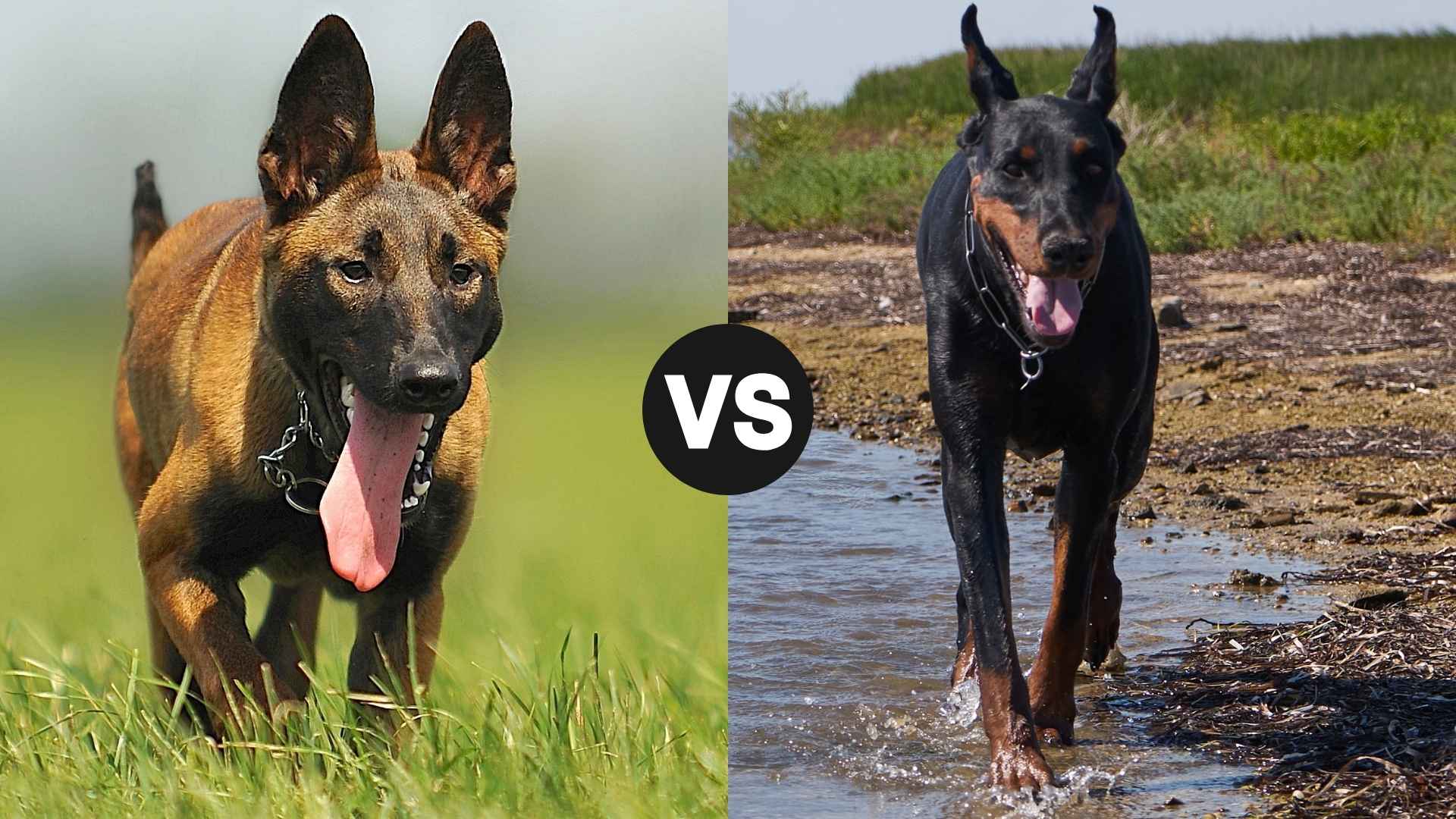When you’re looking for a dog that commands respect, turns heads, and could double as a home security system, the decision often narrows down to two iconic breeds: the Belgian Malinois and the Doberman Pinscher. These aren’t your average fetch-and-nap pups. They’re elite, high-drive, and bred for brains and bravery.
The Malinois is lean, agile, and famously intense. It’s the dog you see scaling walls in military videos, eyes laser-focused on its handler. The Doberman? Sleek, noble, and equally intelligent—with an aura of elegance that says “I’m in control” even before it barks.
But despite their tough exteriors, both breeds are deeply affectionate, fiercely loyal, and thrive on connection with their humans. Still, they’re not for the faint of heart. Each comes with unique needs, energy levels, and temperaments that demand the right kind of owner.
If you’re torn between these canine commandos, buckle up. This is your ultimate side-by-side showdown to figure out who fits your lifestyle—and your living room—best.
Belgian Malinois vs. Doberman Pinscher
Doberman vs. Belgian Malinois: Physical Size Comparison
Both the Doberman and Belgian Malinois are sleek, athletic, and built like canine action heroes. Let’s size them up and see who takes up more space (physically, at least).
Doberman:
The Doberman is tall, lean, and muscular—think runway model meets special forces. They have a commanding presence and a stride that says, “I could chase down a thief, but I’ll do it gracefully.” A German tax collector named Louis Dobermann developed the Doberman breed in the late 1800s, using them for his personal protection.
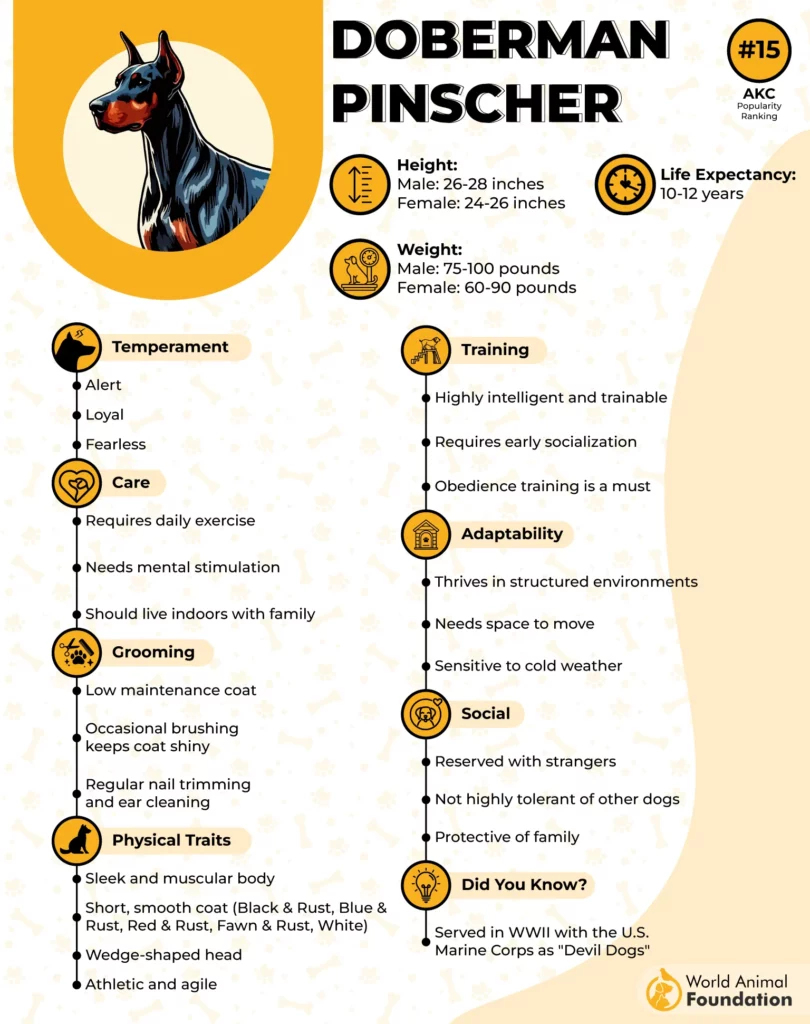
With proper training, Dobies can become exceptional guard dogs. As per WebMD, a properly trained Doberman is often deployed on patrol to deter any suspicious individuals. They are regarded as a majestic breed because of their athletic build and confident way of moving.
Height:
Males: 26–28 inches
Females: 24–26 inches
Weight:
Males: 75–100 lbs
Females: 60–90 lbs
Build:
Sleek yet strong. Broad chest, narrow waist, with long legs built for speed and elegance. Purina describes the Doberman as muscular and athletic, featuring a sleek, regal look. Traditionally, their tails are docked and ears cropped, and they have short, smooth coats.
Belgian Malinois:
The Malinois is a bit more compact and lighter than the Doberman, but don’t let that fool you—this medium-sized dog is all muscle, all energy, and always mission-ready. They are one of the four Belgian herding dog varieties and have been recognized as a distinct breed in the U.S. since 1959.
Height:
Males: 24–26 inches
Females: 22–24 inches
Weight:
Males: 60–80 lbs
Females: 40–60 lbs
Build:
Lean, tight, and agile. Built more like a sprinter than a bodybuilder—light on their feet and fast on the move.
Doberman vs. Belgian Malinois: Health and Wellness Overview
When it comes to Dobermans and Belgian Malinois, both breeds are strong and athletic, but their wellness needs differ in some key areas. Let’s take a closer look.
Doberman:
Dobermans may look like lean, mean, muscle machines, but they have a few genetic health concerns under the hood, especially when it comes to their ticker.
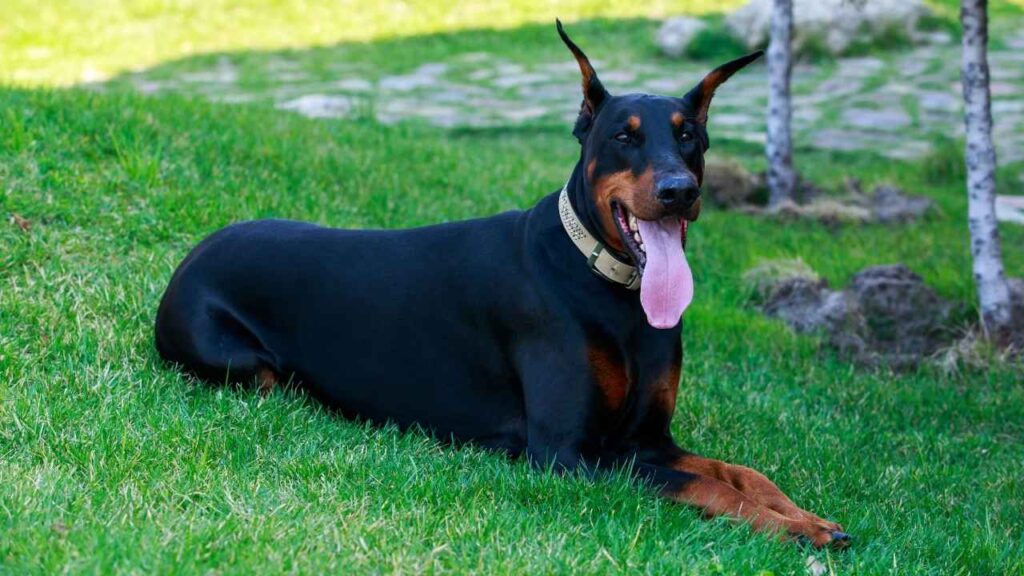
Lifespan: About 10–13 years
Common Health Issues:
Dilated Cardiomyopathy (heart disease, sadly common)
Hip dysplasia
Von Willebrand’s disease (a bleeding disorder)
Hypothyroidism
Wobbler syndrome (spinal issues)
Dobermans are muscular and powerful, but can be prone to some serious health challenges, especially heart conditions. Regular vet checkups, a balanced diet, and moderate exercise help keep these sleek athletes in fighting shape.
Belgian Malinois:
The Belgian Malinois is often praised for its hardiness, and for good reason. These dogs were bred to work all day, so their bodies are built to endure… as long as you keep up the maintenance.
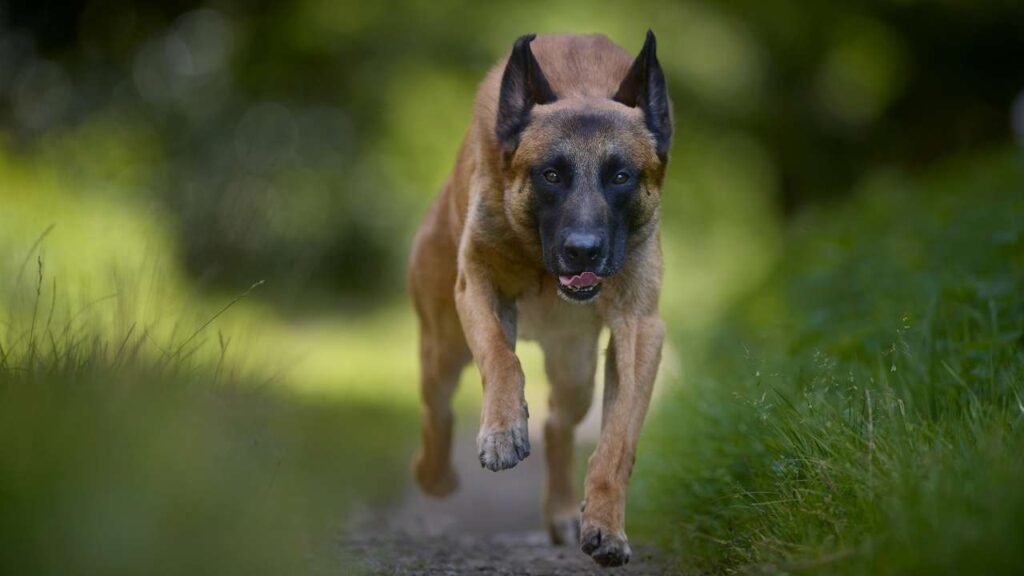
Lifespan: About 12–14 years
Common Health Issues:
Hip and elbow dysplasia
Progressive Retinal Atrophy (eye degeneration)
Epilepsy (occasionally)
Anesthesia sensitivity
Malinois are generally robust, bred for endurance and agility. Their health is often excellent with proper care, but their high-energy nature means they need lots of exercise and mental stimulation to avoid stress-related issues.
Doberman vs. Belgian Malinois: Family Compatibility and Bonding
When choosing a dog for your family, loyalty, bonding, and how they interact with children and other household members are huge factors. Both Dobermans and Belgian Malinois are incredibly devoted—but they express their love a little differently. Let’s explore who fits best in your family photo.
Doberman:
Dobermans aren’t just statuesque muscle dogs—they’re also famously affectionate with their humans.
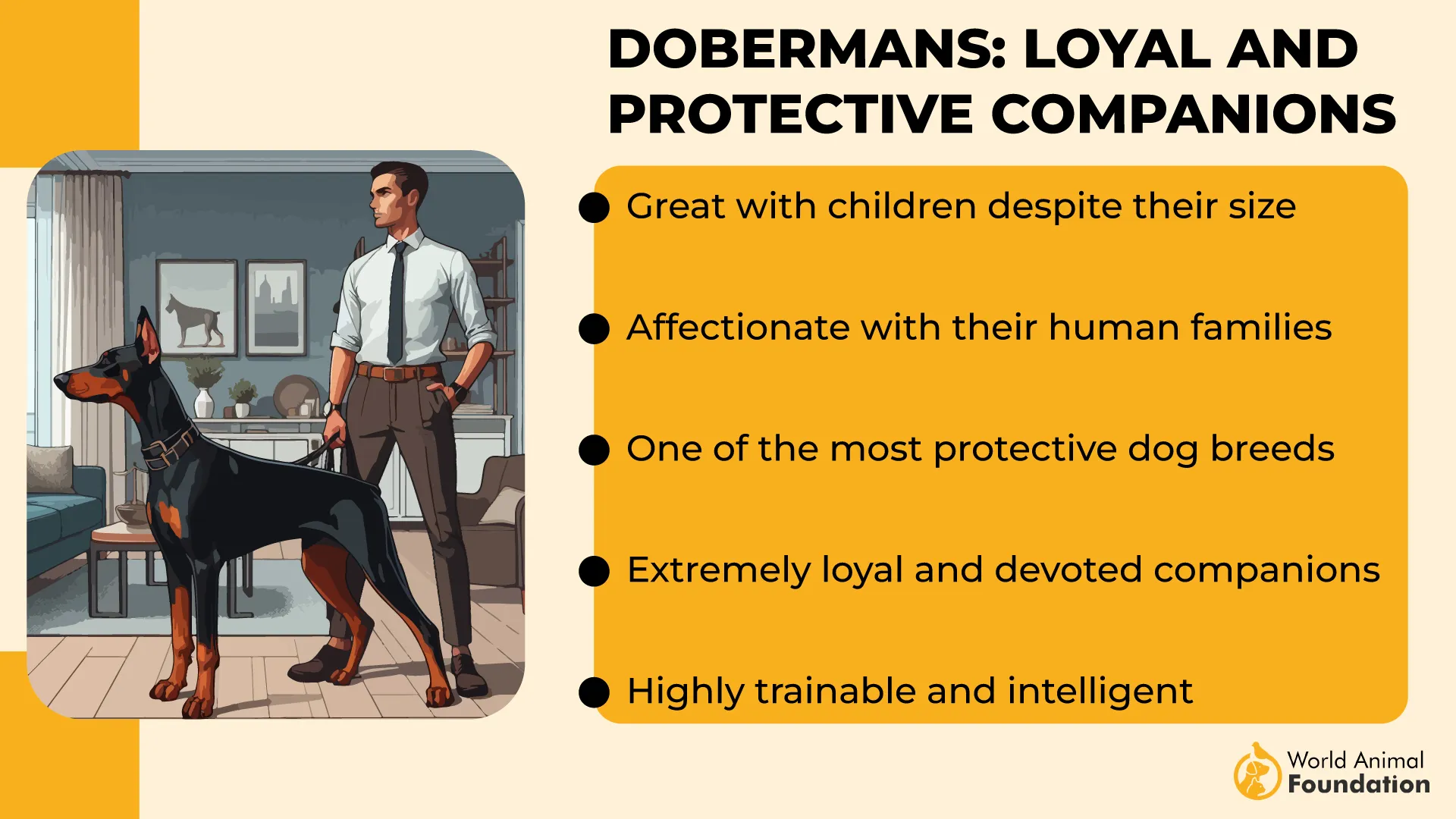
Family Bonding: Deeply loyal, protective, and loves being part of the family pack.
With Kids: Usually great with kids if socialized early—tolerant but best supervised with very young children due to size and strength.
Social Needs: Loves attention and thrives on companionship. Doesn’t like being left alone for long periods.
Guarding Instinct: Naturally protective, making them excellent watchdogs, but requiring proper training to channel that instinct.
Behavior Around Strangers: Alert and cautious, but can be trained to be well-mannered guests at parties.
Belgian Malinois:
Malinois form incredibly strong bonds with their owners, but can be selective.
Family Bonding: Fiercely loyal but often reserved—more “quiet guardian” than cuddly lap dog.
With Kids: Good with older kids who understand their boundaries; supervision recommended with little ones because of their energy and intensity.
Social Needs: Requires regular interaction and mental work; boredom leads to trouble.
Guarding Instinct: Highly protective, natural watchdog, excellent for families who want security and activity.
Behavior Around Strangers: Wary of strangers, needs early socialization to be well-adjusted.
Doberman vs. Belgian Malinois: Vocalization and Noise Tendencies
Every dog barks—it’s just a matter of how often and why. When comparing Dobermans and Belgian Malinois, you’re looking at two highly alert, protective breeds. But when it comes to noise, one’s more selective while the other is… let’s say, enthusiastically expressive.
Doberman:
Dobermans aren’t exactly chatty Cathy’s, but when they do bark, they mean business.
Barking Frequency: Moderate to alert you to strangers or unusual activity.
Tone: Deep, strong, and commanding. When they bark, people listen.
Vocal Style: More about warning than whining or constant noise.
Noise Triggers: Mail carriers, unfamiliar visitors, sudden noises.
Quietness: Can be calm indoors if exercised and mentally stimulated.
Belgian Malinois:
Malinois can be a bit more… vocal, especially if bored or understimulated.
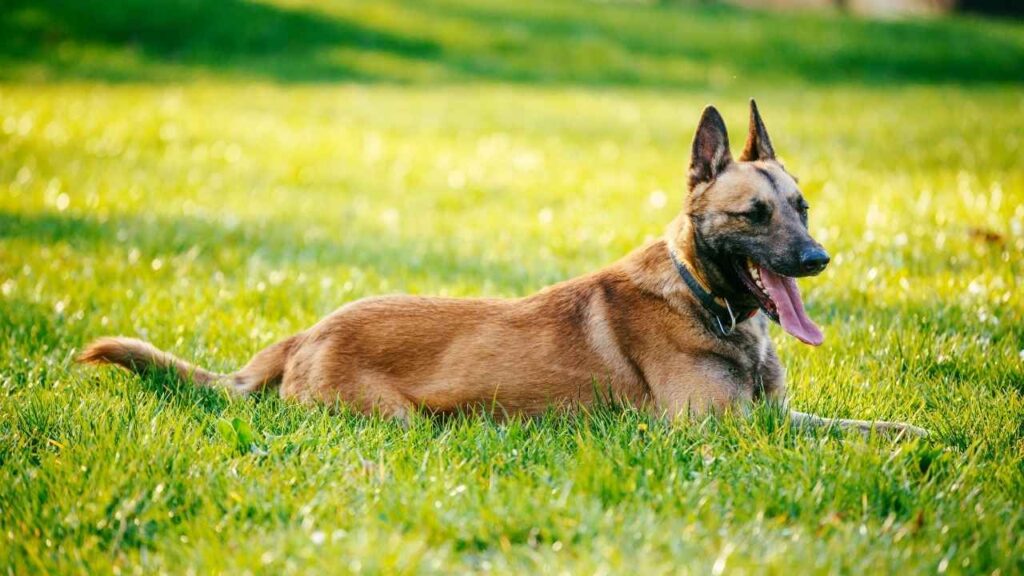
Barking Frequency: Higher than Dobermans—can bark to communicate or out of excitement.
Tone: Sharp, intense, sometimes high-pitched.
Vocal Style: Often alert barks but also vocal during play or frustration.
Noise Triggers: Boredom, lack of exercise, unfamiliar stimuli.
Quietness: Requires consistent mental and physical work to keep noise in check.
Doberman vs. Belgian Malinois: Exercise and Activity Requirements
If you think a quick game of fetch or a 20-minute stroll around the block will cut it, think again. Dobermans and Belgian Malinois are elite-level athletes in the dog world. But how much is too much? And who really needs a job (besides chasing tennis balls)? Let’s break it down.
Doberman:
Dobermans are powerful, agile, and love to move—but they’re also happy to relax once their energy tank is topped off.
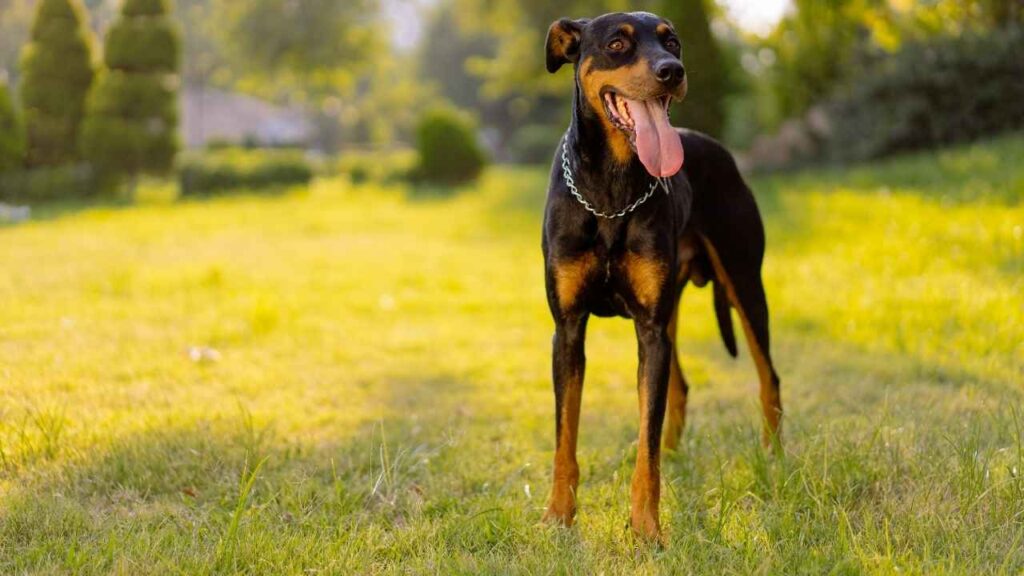
Daily Exercise Needs: About 1 to 2 hours of quality activity to keep them physically fit and mentally sharp.
Favorite Activities: Jogging alongside you, agility courses, obedience training, and a good old-fashioned game of fetch.
Mental Workout: Just as important as physical — puzzles, training drills, and interactive play help prevent boredom and keep their brains buzzing.
Energy Style: High-energy but can switch gears quickly. After a solid workout, Dobermans enjoy downtime cuddling with their favorite humans.
Ideal Owner: Someone active enough to provide daily exercise but who also appreciates some chill time together.
Think of a Doberman as your perfect workout partner—strong and focused when it’s time to move, and calm and loyal when it’s time to unwind.

Belgian Malinois:
If energy had a poster child, the Belgian Malinois would be it. These dogs are built for action—nonstop, full-throttle, all day long.
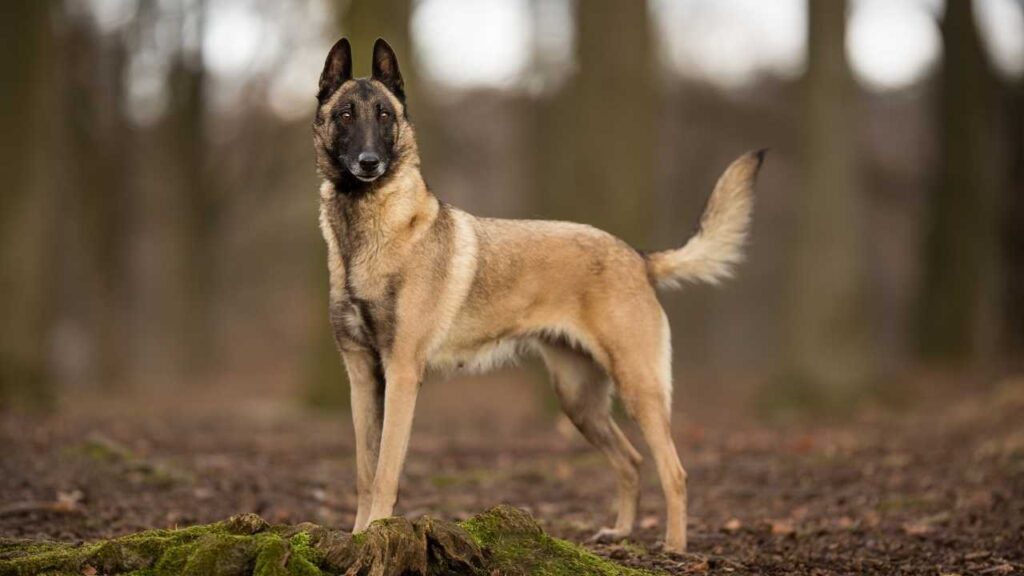
Daily Exercise Needs: A minimum of 2+ hours of intense physical and mental challenges to truly thrive.
Favorite Activities: Herding, high-speed running, complex agility, scent tracking, obedience, and protection work.
Mental Workout: Absolutely essential. Without constant mental engagement, Malinois quickly become bored and may channel their energy into mischievous or destructive behaviors.
Energy Style: Extreme. Always “on,” these dogs need a purpose and a job to stay happy and balanced.
Ideal Owner: Highly experienced, super active, and committed to keeping their dog engaged with structured training and challenging activities every single day.
A Belgian Malinois is like the Navy SEAL of dogs—ready to go full mission mode whenever duty calls, and looking for the next challenge to conquer.
Final Thoughts and Summary
Both the Belgian Malinois and the Doberman Pinscher are elite protection dogs with deep roots in police and military work. Originating from Belgium and Germany, respectively, these dog breeds were involved in World War efforts and remain popular choices for those seeking to protect home and family. They share many characteristics—intelligent, energetic, and eager to work—but key differences make one a better choice depending on your lifestyle.
Dobermans tend to be more social with neighbors, while Malinois may be more intense and driven. Both require training from an early age, especially if small children, other pets, or animals are in the home. Without proper guidance, their power can be mistaken as vicious, but in truth, both can be good pets when properly trained. Before you decide to adopt these dogs or other powerful breeds like Rottweiler and German Pinscher, consider the demands these breeds bring. Choosing the right fit prevents a lifelong mistake—and turns your rescue or pup into a loyal, fun, and fearless companion.


